Romania
Romania
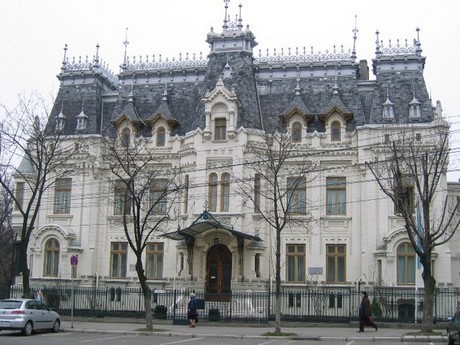
The palace was set in French Baroque style with Art Nouveau elements (1910), following Architect Berindei's plans. It was built by George Grigore Cantacuzino (1833-1913), also known as the Nabab – one of the richest men in Romania ever. After Grigore died, the building was inherited by his son, Mihai, once this one also died, by the latter's wife, Maruca. Maruca re-married in 1939, becoming the wife of George Enescu, Romania's greatest composer. Just before WW2, the building hosted the Council of Ministers. After the war, in 1956, it was turned into George Enescu Museum. The museum gathers documents and pictures referring to the composer’s life and work. Among other exhibits, there also is the violin the composer received as a present when he turned 4 year old.
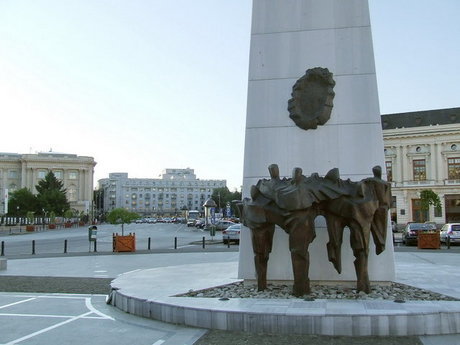
Revolution Square (Romanian: Piaţa Revoluţiei) is a square in central Bucharest, on Calea Victoriei. Known as Piaţa Palatului (Palace Square) until 1989, it was later renamed after the 1989 Romanian Revolution.
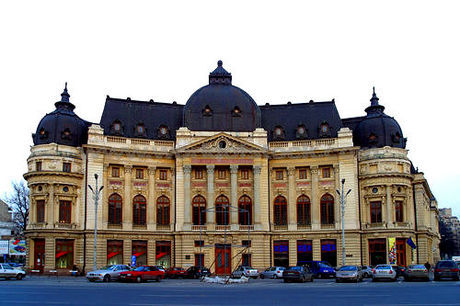
Erected between 1927 and 1937 in neoclassical style, the palace was home to King Carol II and to his son, King Mihai I, until 1947, when the monarchy was abolished in Romania. It was inside the halls of this palace that King Mihai, aged 18, led a coup that displaced the pro-Nazi government during the World War II and put Romania on the Allies' side. Today, the former Royal palace houses the Romanian National Art Museum.
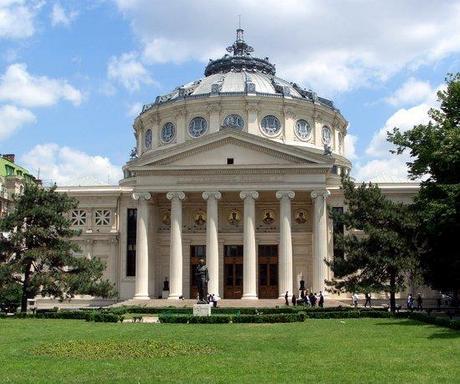
Symbolic edifice of the national culture, the Romanian Atheneum, built in the heart of Bucharest 120 years ago (1886-1888), has become the architectural and spiritual landmark of a whole nation, not just of a Capital city.
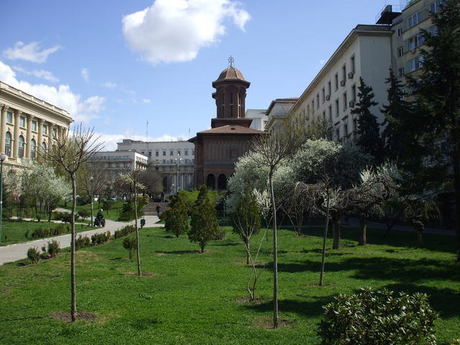
Nestled amid the other historical buildings in Piata Revolutiei, this small red-brick Orthodox church was built in 1722 by the great chancellor Iordache Kretzulescu and his wife, Safta (a daughter of Constantin Brancoveanu) in the Brancovenesti architectural style. The interior frescoes were executed around 1860 by the famous Romanian painter Gheorghe Tattarescu.
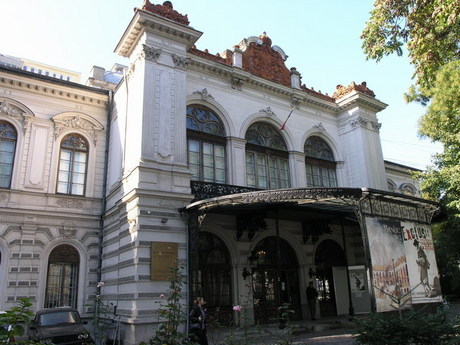
Famous for the grandiose balls held here in the 1900s, Sutu Palace was built in neogothic style between 1832 and 1834 by foreign minister Costache Sutu, to designs of architects Johann Veit and Konrad Schwinck. In 1862, the palace was redecorated by sculptor Karl Storck, who created three arcades and a monumental stairway; a huge Murano mirror was added in the hallway. Only the painted ceilings, the stucco, the parquet flooring and the tile stoves have been preserved. Since 1959, the building has housed the Bucharest History & Art Museum.
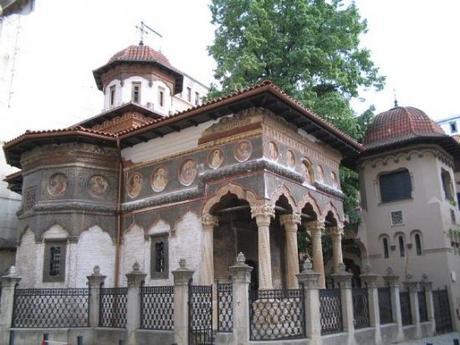
This small church is one of the most beautiful in the city. It was built in 1724 during the ruling of Phanariot Prince Nicolae Mavrocordat by the Greek monk Ioanichie. The church is representative for the Brancovenesc style which blends Ottoman and Western elements together with traditional Romanian architectural forms. The inside is equally beautiful, with wood and stone carvings and paintings and frescoes. Address: junction of Postei Street with Stavropoleos Street.
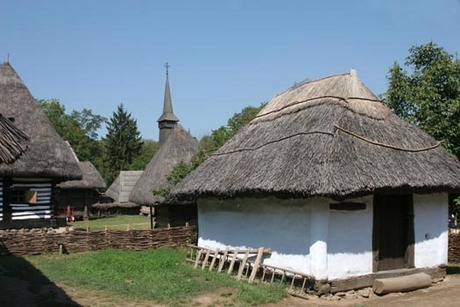
The Village Museum was established in 1936 and it contains over 300 wooden houses, windmills, churches etc. from all over the country. If you don't plan to visit Romania's rural areas - and even if you do - you shouldn't miss this museum which is one of the largest of its kind in Europe. Many of the buildings are originals which were brought here in pieces and reassembled. The oldest houses date as far back as the 17C. Behind the project from the start was ethnographer Dimitrie Gusti (1880 - 1955) who wanted the museum to mirror as closely as possible the aspects of the rural life. Because of this the museum is organized as a real village, with clusters of houses being linked by winding paths. This makes for a pleasant stroll especially if you find yourself in Bucharest during the summer, when the city is hot and dusty. Sometimes the museum hosts crafts fairs and folk music and dance festivals.
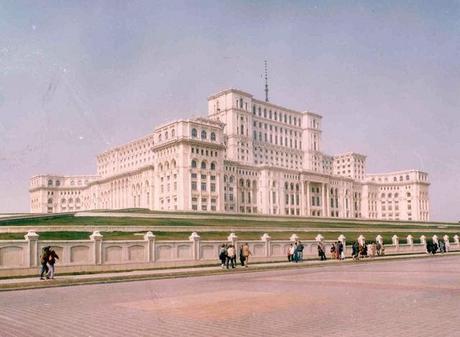
The Palace of the Parliament (Romanian: Palatul Parlamentului) in Bucharest, Romania is a multi-purpose building containing both chambers of the Romanian Parliament. According to the Guinness Book of World Records, the Palace is the world's largest civilian administrative building, most expensive administrative building, and heaviest building.
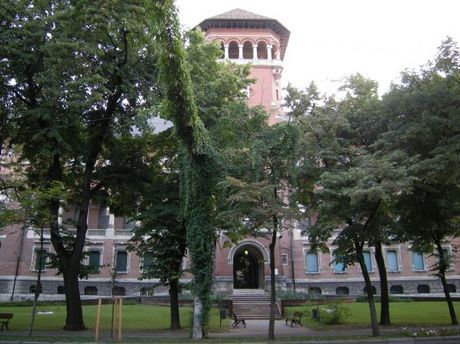
Founded by royal decree in 1936, this fascinating outdoor museum, the largest in Europe, covers some 30 acres on the shores of Lake Herastrau in Herestrau Park. It features a collection of 50 buildings representing the history and design of Romania's rural architecture. Steep-roofed peasant homes, thatched barns, log cabins, churches and watermills from all regions of the country were carefully taken apart, shipped to the museum and rebuilt in order to recreate the village setting.
 12 3 4 5 6 7 8
12 3 4 5 6 7 8 
